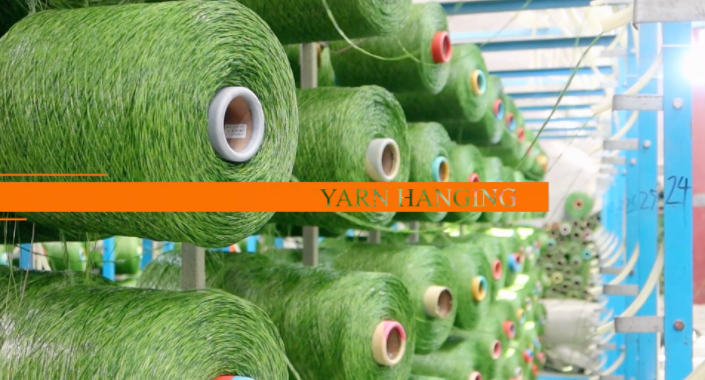
- Afrikaans
- Arabic
- Belarusian
- Bengali
- Czech
- Danish
- Dutch
- English
- Esperanto
- Estonian
- Finnish
- French
- German
- Greek
- Hindi
- Hungarian
- Icelandic
- Indonesian
- irish
- Italian
- Japanese
- kazakh
- Rwandese
- Korean
- Kyrgyz
- Lao
- Latin
- Latvian
- Malay
- Mongolian
- Myanmar
- Norwegian
- Persian
- Polish
- Portuguese
- Romanian
- Russian
- Serbian
- Spanish
- Swedish
- Tagalog
- Tajik
- Thai
- Turkish
- Turkmen
- Ukrainian
- Urdu
- Uighur
- Uzbek
- Vietnamese
football artificial turf cost
Dec . 23, 2024 22:43 Back to list
The Costs and Benefits of Football Artificial Turf
In recent years, the popularity of artificial turf in football fields has surged dramatically. This trend is indicative of an evolving approach to sports field management, emphasizing maintenance simplicity, cost-effectiveness, and enhanced playing conditions. However, many stakeholders—from school districts to professional teams—often find themselves grappling with the costs associated with installing and maintaining artificial turf. This article aims to delineate these costs and explore the overarching benefits that can justify the investment.
Initial Installation Costs
One of the primary concerns surrounding artificial turf is the initial installation cost. The price of installing an artificial football field typically ranges from $600,000 to $1 million, depending on various factors such as field size, turf type, and additional features like drainage systems. While this figure may seem daunting, it’s essential to consider the long-term savings and benefits that artificial turf offers.
Natural grass fields, particularly in regions with harsh climates or heavy usage, often require extensive investment in seed, fertilizer, pesticides, and irrigation. Over time, maintenance costs for natural grass can accumulate significantly, sometimes equating to tens of thousands of dollars annually. Comparatively, while the initial outlay for artificial turf is higher, its durability significantly reduces the need for ongoing expenditures.
Maintenance Costs
Artificial turf is designed for longevity, with most systems offering warranties of 8 to 10 years, and some even lasting up to 15 years with proper care. Maintenance costs are considerably lower compared to natural grass. A natural grass field requires weekly mowing, periodic reseeding, aeration, and fertilization, not to mention treatments for weeds and pests. In contrast, artificial turf necessitates occasional brushing, infill replenishment, and inspections, which collectively cost far less than maintaining natural grass.
football artificial turf cost

Moreover, the ability to utilize artificial turf year-round is a notable advantage. With natural grass, fields often become muddy, damaged, or unplayable during wet weather or after heavy use. This limitation can restrict the number of games or practices scheduled, impacting both training and revenue-generating potential. Artificial turf, on the other hand, provides a reliable surface that remains playable regardless of conditions, making it an appealing option for both organized leagues and informal play.
Long-term Financial Considerations
The cost trade-offs associated with artificial turf become particularly evident when one considers the revenue potential of a consistently playable field. High schools, colleges, and recreational leagues can capitalize on their fields by hosting tournaments, camps, and rental agreements, substantially increasing their income. The ability to host more games without the seasonal constraints of natural grass can lead to a remarkable return on investment over time.
Additionally, some municipalities and organizations choose to invest in synthetic surfaces to alleviate the environmental concerns associated with maintaining natural grass. The reduced need for irrigation can lead to water conservation, and the lack of chemical fertilizers and pesticides mitigates pollution from runoff. These benefits can also lead to potential savings related to water bills and environmental compliance.
Conclusion
In conclusion, while the upfront costs of installing football artificial turf may appear significant, the long-term financial and practical benefits present a compelling case for investment. Reduced maintenance costs, maximized usage, and expanded revenue opportunities often outweigh the initial expenditure, ultimately creating a sustainable and efficient sports environment. As artificial turf technology continues to advance, offering improved playability and safety, it is likely that more organizations will consider making this investment, reshaping the landscape of football fields across the globe.
-
The Benefits of Artificial Turf for Indoors
NewsJul.15,2025
-
How Artificial Grass Suppliers Ensure Quality Products
NewsJul.15,2025
-
Artificial Grass and Pets: A Space for Relaxation
NewsJul.08,2025
-
Balcony & Outdoor Decoration with Artificial Grass
NewsJul.08,2025
-
Best Indoor Artificial Grass for Home
NewsJul.07,2025
-
Best Pet Turf for Dogs: Safe & Durable Artificial Grass Options
NewsJul.07,2025
Products categories









